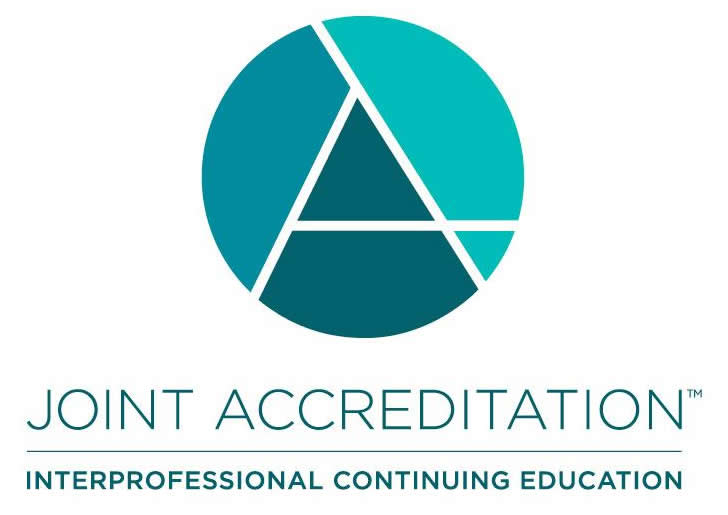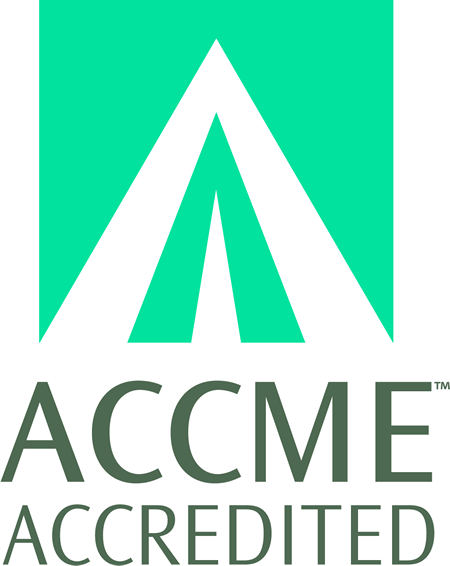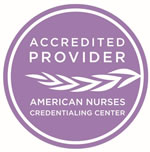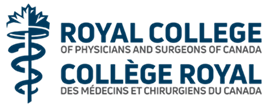
COURSE CREDITS & HOURS
16 AMA PRA Category 1 Credits™16 ACPE Credits
16.0 Contact Hours
COURSE FEES
TARGET AUDIENCE
PROGRAM PURPOSE
- Education Basics for Teaching Patients, Families/Caregivers, and Staff
- Connecting Research to Practice
- Skills for Team Based Healthcare Delivery
- Clinicians will learn evidence-based details regarding management of common impactful issues in primary care such as type II diabetes, hyperlipidemia, and contraception.
- Clinicians will learn general patient-oriented schemes to evaluate the strengths and weaknesses of various patient care options.
- linicians will learn and use tools which they can keep using back home which provide quick-reference decision support during patient care.
- Education Basics: Goals and Objectives
- Differentiate between learning goals and objectives and construct a learning objective relevant to their own clinical setting.
- Education Basics: Connecting the learner and the content.
- Review and apply the basic traits of adult learners to the content we want them to master.
- Education Basics: Designing Instruction.
- Differentiate between the ADDIE and ASSURE models, and select the best approach depending on your goals.
- Connecting Research to Practice: What is research; and what are the building blocks?
- Define research and identity three basic strategies.
- Connecting Research to Practice: Finding useful research outcomes.
- Identify processes to find useful and relevant research outcomes.
- Creating and Managing Teams: What's the Difference Between a Staff and a Team?
- Differentiate between a staff and a team and discuss strategies to transition from staff to team.
- Creating and Managing Teams: How do Teams Become Self-supporting?
- Define and explore the roles of climate and culture in the clinical setting and they foster team based care.
- Pre-Operative Clearance: 30-day perioperative mortality, were it a discreet cause of death entity, would be the 3rd largest cause of death in the US. Many are preventable.
- Organize preop clearance into 4 clear activities
- Choose preop tests according to evidence
- Manage meds perioperatively safely and effectively
- Apply the ACC cardiac clearance algorithm
- Type II Diabetes Mellitus Medication: Use is widespread of medications which do not improve long-term diabetes outcomes.
- List the 10 categories of type II diabetes meds
- Cite the criteria by which interventions should be judged
- Apply those criteria to all type II diabetes options
- Make patient-oriented, evidence-based medication decisions according to patient characteristics.
- Hyperlipidemia Medications: Nearly all know to use statins. But clinicians need evidence-based guidance on what else to use when statins are not tolerated or not enough.
- List the categories of hyperlipidemia meds
- Cite the criteria by which interventions should be judged
- Apply those criteria to all hyperlipidemia options
- Learn why statins are prescribed first line
- Learn what to use when non-statin therapy is necessary
- Decisions Making Tools: Many questions large and small arise during busy patient care, yet few answers are sought.
- Make peace with not knowing everything
- Learn about good point-of-care decision support apps
- Use these apps in clinical cases together
- Relative Risk Assessment: Too often recommendations made by physicians are black-and-white and based upon relative unclarified risk
- Analyze studies from the medical literature
- Quantify risk of options and alternatives
- Explain risk to laypersons
- Learn what happened in UK when this was done poorly.
- Glycemic Control: At best physicians are unclear on how to customize glycemic goals for type II diabetes patients, and at worst they think the goal is to normalize blood sugar, which evidence and ACP guideline do not support
- Analyze the 4 RCT's on tight glycemic control
- Report the evidence in relative and absolute terms
- Synthesize evidence to arrive at guidance on this common issue in patient care.
- Prescribing Patterns: Physicians' prescribing patterns are powerfully swayed by non-rational appeals in pharmaceutical marketing.
- Identify and detect non-rational appeals in pharmaceutical marketing
- Actively pursue patient-oriented, evidence-based info from pharmaceutical marketing o

















































